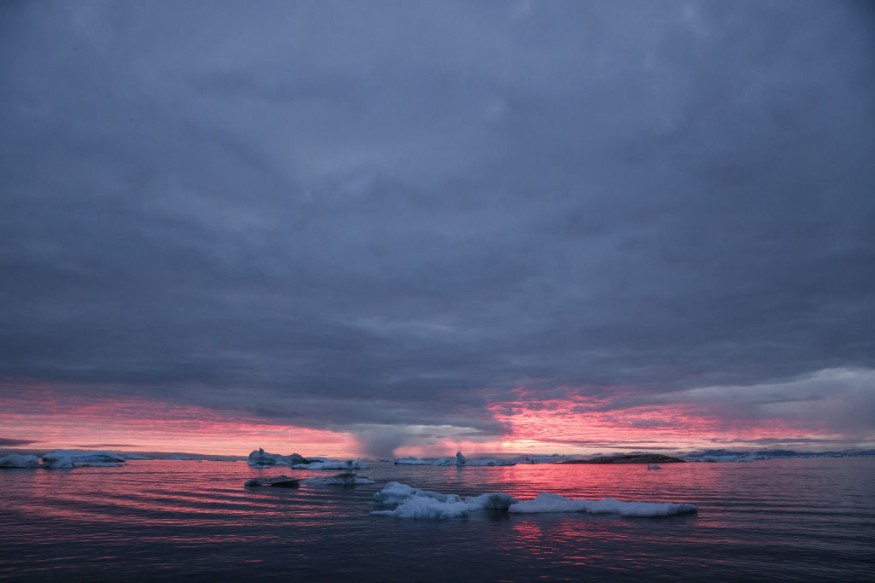A ghost island, thought to be the world's northernmost island, located in the Arctic north of Greenland was found to be a dirty iceberg only, according to reports on Thursday, September 8. In 2021, the mysterious island called Qeqertaq Avannarleq Island was discovered during a Greenland expedition by researchers representing various institutions from Switzerland, Denmark, and Greenland itself.
With a size of 100 feet by 200 feet, the researchers at that time named the island in Greenlandic language which equates to "the northernmost island." The term "ghost islands" were used to explain the mysterious phenomenon of disappearing islands in the polar region. The first of these so-called apparition islands were first discovered in 1978 called Oodaaq island or Oodap Qeqertaa island in Greenland.
A number of expeditions have led to the detection of other ghost islands afterward. These explorations have resulted in the discovery of Kaffeklubben Island or Coffee Club Island, considered to be a "true island" and still the prevailing northernmost island on Earth. This is especially the case after it was found that Qeqertaq Avannarleq is just another iceberg or something else, as claimed by scientists.
World's Northernmost Island

Some scientists theorized that the dirty iceberg was a rock bank pushed up by sea ice, according to Kevin Hamilton, a professor at the University of Hawaii, who wrote an article for The Conversation.
Hamilton wrote the discovery was made by a team of Swiss and Danish surveyors who traveled north to investigate the "ghost islands phenomenon."
Following the latest expedition, the surveying team published their findings on September 2, where they concluded that the ghost islands were actually large icebergs ground at the bottom of the sea. The team postulated they were likely once part of a nearby glacier and eventually covered by gravel from landslides.
Also Read: Spooky 'Blood Snow' Invades Antarctic Island
Qeqertaq Avannarleq Island
Rene Forsberg, a researcher at the Technical University of Denmark, was part of the 2022 investigation of the mysterious phenomenon. Forsberg said the small strips of land measure around 65 to 100 feet in thickness, as well as contained thin, surface layers of mud, pebbles, and soil, as cited by Newsweek.
The team visited not only Qeqertaq Avannarleq but also other multiple small islands in the area. They collected global positioning system (GPS) data and used laser scanning technology to determine the ice thickness and sea depth.
In a press release, Forsberg adds that the measurement confirmed the miniature islands are flat-topped icebergs covered with unusual soil and pebbles.
Coffee Club Island
Prior to the September 2022 expedition, scientists have claimed that Qeqertaq Avannarleq is the world's northernmost point of land back in August 2021, according to Reuters.
Following the new findings, the Coffee Club Island retains the title since it was first discovered by Robert E. Peary during a trip in Greenland's north coast, which is in route to the North Pole.
In contrast, various reports claim that many consider Oodaq as the world's northernmost island or point of land.
© 2025 NatureWorldNews.com All rights reserved. Do not reproduce without permission.





